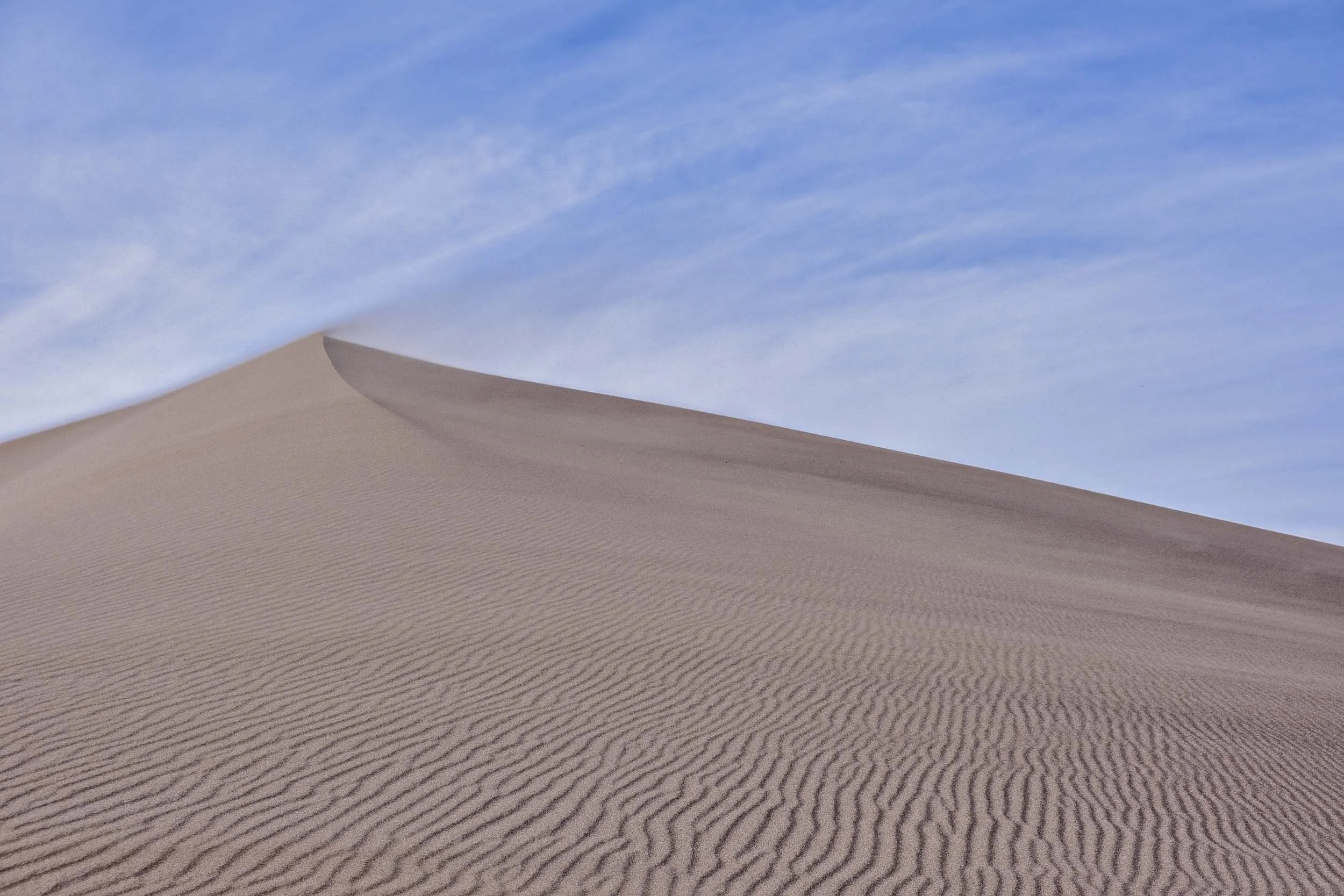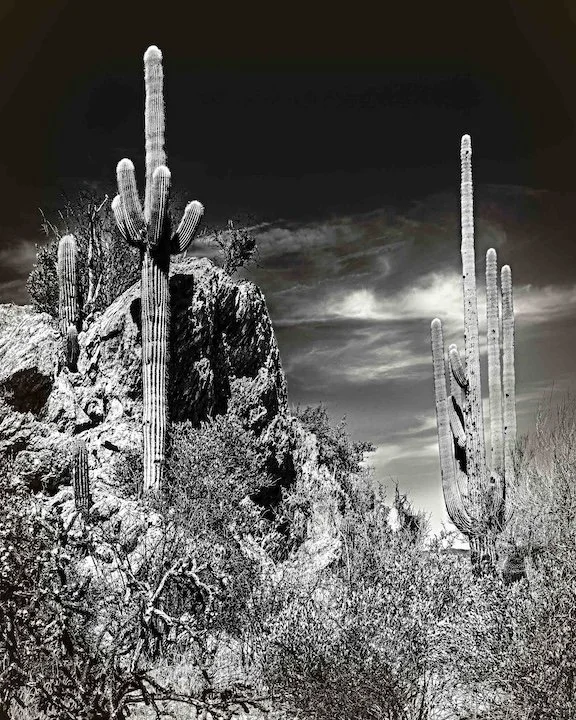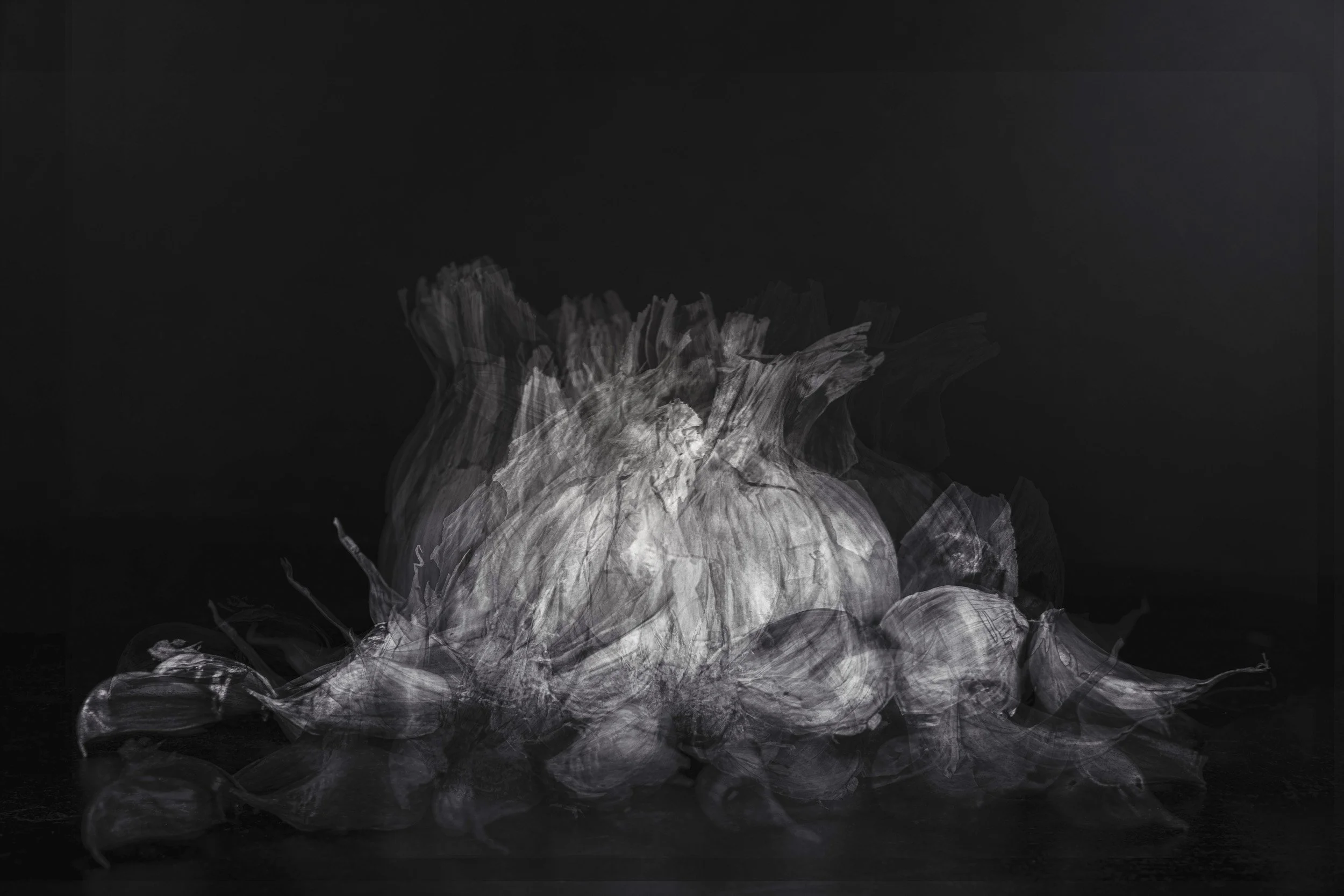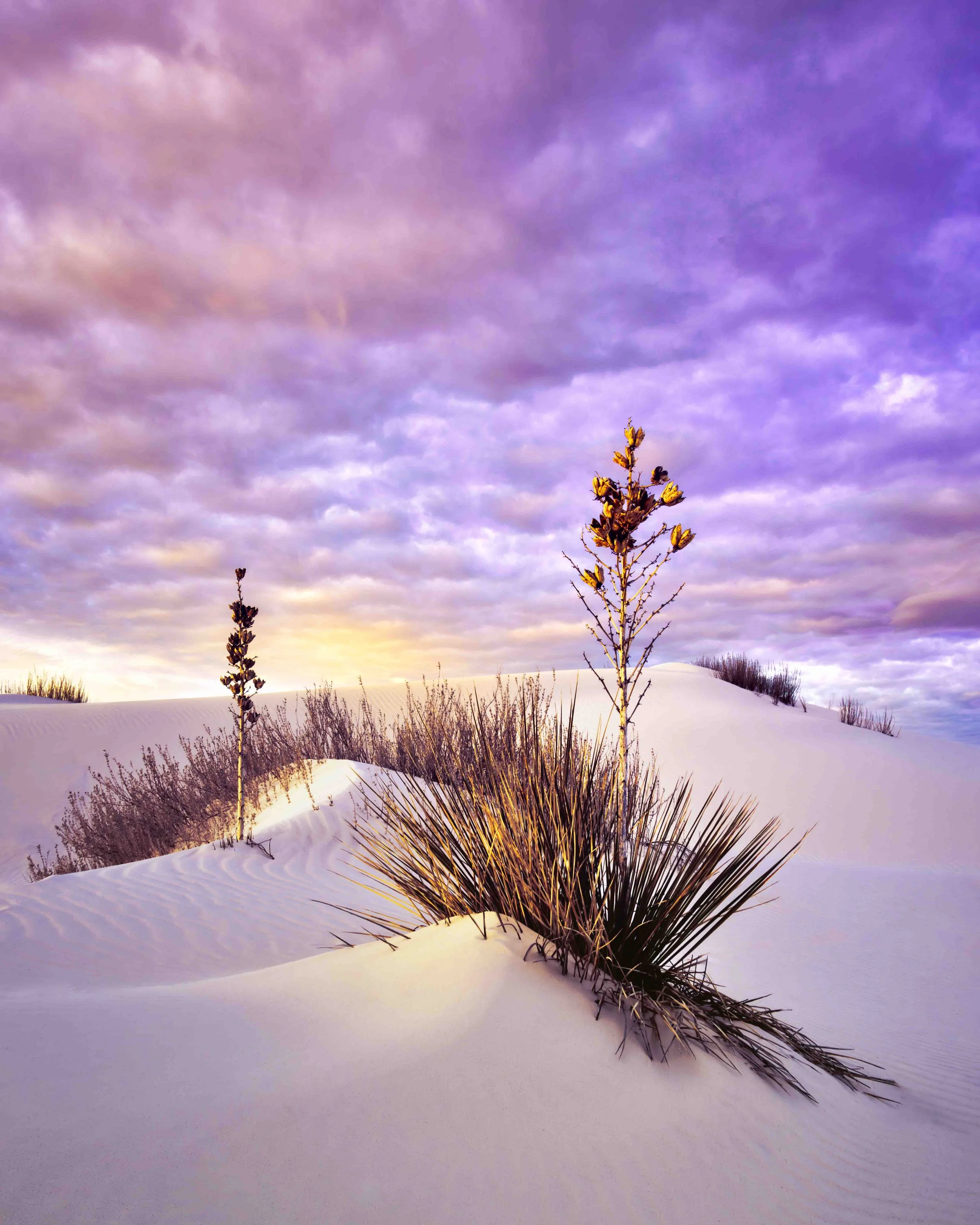-

Sandhill Cranes
Sandhill cranes make a grand stopover in Colorado’s San Luis Valley during both spring and fall. They rest and refuel here before continuing their epic journey. While the cranes can be found in many of the wetter areas across the valley, most of my images are from the Monte Vista National Wildlife Refuge, the perfect spot for crane watching. You’ll see the most cranes here in early March for spring migration and early October for fall migration
-

Antelope Canyon
The light in Antelope Canyon bounces from surface to surface resulting in an explosion of color. I took artistic license to push and pull the colors in the images in this collection, separating small differences to get the effects I wanted.
I highly recommend adding an Antelope Canyon tour to your bucket list.
-

Great Sand Dunes
Great Sand Dunes National Park and Preserve is in southern Colorado. It’s known for the tallest sand dunes in North America, and for the seasonal Medano Creek and beach created at the base of the dunes. There is a backcountry primitive road which winds through a canyon toward the Sangre de Cristo mountains leading to forests, wetlands and alpine lakes like Medano Lake, which is home to trout and tundra wildlife.
-

Monument Valley
Monument Valley Navajo Tribal Park, a breathtaking spot on the Arizona-Utah border, is still a popular spot for Western movies. You’ve probably seen the Mittens buttes, and the view driving in from the east, just like in Forrest Gump. There are so many other towering, spectacular, sandstone buttes, the views are just mind-blowing! This amazing place definitely should be on your bucket list.
-

Sonoran Desert
The Sonoran Desert is a unique place compared to other deserts like the Great Basin, Mojave, and Chihuahuan deserts. It’s got subtropical warmth in winter and two seasons of rainfall. The winter rains are usually widespread, soft, gentle, and can last for days. And then there are the summer monsoons, which bring these amazing storms. They can be a bit spotty, thunderous, full of lightning, and short-lived. This creates a huge contrast between dry and wet.
-
White Sands
The world’s largest gypsum dune field is in White Sands National Park, in southern New Mexico. The park’s rolling and rippled white dunes create a surreal landscape. The shimmering white sand reflects the colors of the sky, from the pristine blue to the breathtaking hues of sunrise and sunset. The San Andres Mountains to the west and the Sacramento Mountains to the east provide a beautiful backdrop to the sea of white sand dotted with yuccas making it even more unique.
-

Black and White
“To see in color is a delight for the eye but to see in black and white is a delight for the soul” – Andri Cauldwell
My black and white gallery is a collection of still life, landscape, and also composite images. Many of my images fit more that one of the above names types.
-

Canyon de Chelly
Canyon de Chelly National Monument in northeastern Arizona on Navajo tribal lands, is a place Diné families have called home for nearly 5,000 years. They raise livestock, farm the land, and live in these canyons. Iconic features of the park include Spider Rock, White House Ruins, and Mummy Cave. White House Ruins and Mummy Cave are actually the remains of ancient Pueblo villages. Today, the park and Navajo Nation work together to take care of the rich cultural and natural resources that make this place so unique
-

This 'n That
Some images just don’t fit in a gallery (yet). Many of them are from my questions, “what if” and/or “why not” resulting is surprising results . . . sometimes good, sometimes not so much.
Some of these images may be seeds of a future gallery collection.


